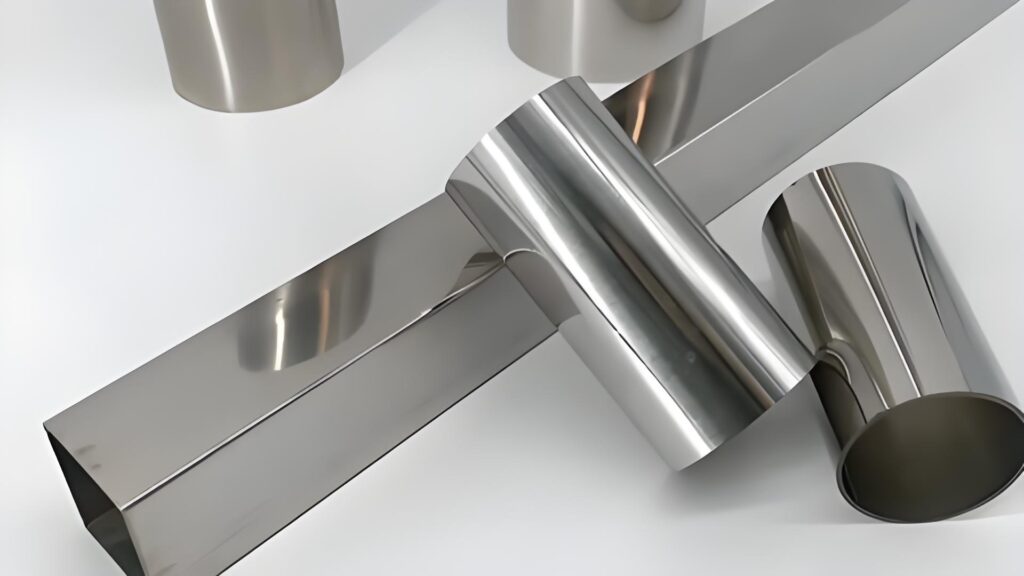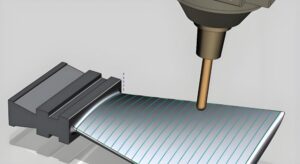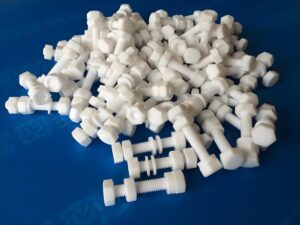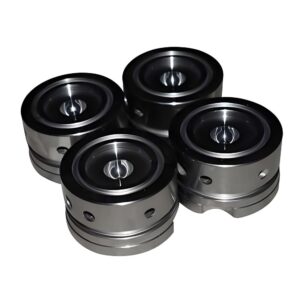What is 316 stainless steel?
316 stainless steel, often called marine-grade stainless steel, is a highly valued material known for its exceptional resistance to corrosion, especially in harsh environments like those with saltwater or chemicals. It belongs to the austenitic family of stainless steels, which are prized for their strength, durability, and versatility. This makes stainless steel 316 a go-to choice for industries ranging from marine to food processing. Its unique blend of elements, particularly the addition of molybdenum, sets it apart from other grades, offering enhanced performance in challenging conditions.
316 stainless steel composition
The unique properties of stainless steel 316 stem from its carefully balanced chemical makeup. The alloy typically contains:
| Element | Percentage |
| Carbon (C) | 0.08% max |
| Manganese (Mn) | 2.00% max |
| Phosphorus (P) | 0.045% max |
| Sulfur (S) | 0.030% max |
| Silicon (Si) | 0.75% max |
| Chromium (Cr) | 16.00-18.00% |
| Nickel (Ni) | 10.00-14.00% |
| Molybdenum (Mo) | 2.00-3.00% |
| Nitrogen (N) | 0.10% max |
The inclusion of molybdenum is particularly significant, as it greatly enhances the alloy’s ability to resist corrosion, especially in chloride-rich environments like seawater.
316 stainless steel properties
Physical Properties
Stainless steel 316 boasts physical characteristics that make it suitable for a wide range of applications,These properties ensure that can withstand high temperatures and maintain structural integrity in demanding conditions.
| Property | Value |
| Density | 8.0 g/cm³ |
| Melting Point | 1400-1450°C |
| Thermal Conductivity | 16.2 W/m.K (at 100°C) |
| Specific Heat Capacity | 500 J/kg.K (at 20°C) |
| Electrical Resistivity | 0.072 Ω.mm²/m (at 20°C) |
Mechanical Properties
The mechanical properties of stainless steel 316 contribute to its strength and durability, These characteristics make it strong yet formable, allowing it to be shaped into various components without sacrificing durability.
| Property | Value |
| Tensile Strength | 515 MPa min |
| Yield Strength | 205 MPa min |
| Elongation | 40% min |
| Hardness | 95 HRB max |
Corrosion Resistance
- Resistance to Chlorides
One of the standout features of stainless steel 316 is its superior resistance to pitting and crevice corrosion in chloride-rich environments. This makes it an ideal choice for marine applications, where exposure to saltwater is common. The molybdenum content plays a critical role in preventing corrosion caused by chlorides, ensuring long-lasting performance in harsh conditions.
- Resistance to Acids
316 also resists a variety of acids, including sulfuric, hydrochloric, acetic, formic, and tartaric acids, as well as acid sulfates and alkaline chlorides. This resistance makes it a preferred material for chemical processing equipment, where exposure to corrosive substances is frequent.
Machinability of 316 Stainless Steel
Is 316 Easy to Machine?
Machining stainless 316 steel can be challenging due to its work-hardening nature. It tends to harden quickly when worked, which requires proper tooling and techniques.
Best Practices for Machining
- Use sharp tools: To avoid work hardening
- Apply adequate cooling: To reduce heat buildup
- Use lower cutting speeds: Compared to carbon steels
- Ensure rigid setups: To minimize vibration
Common Machined Parts
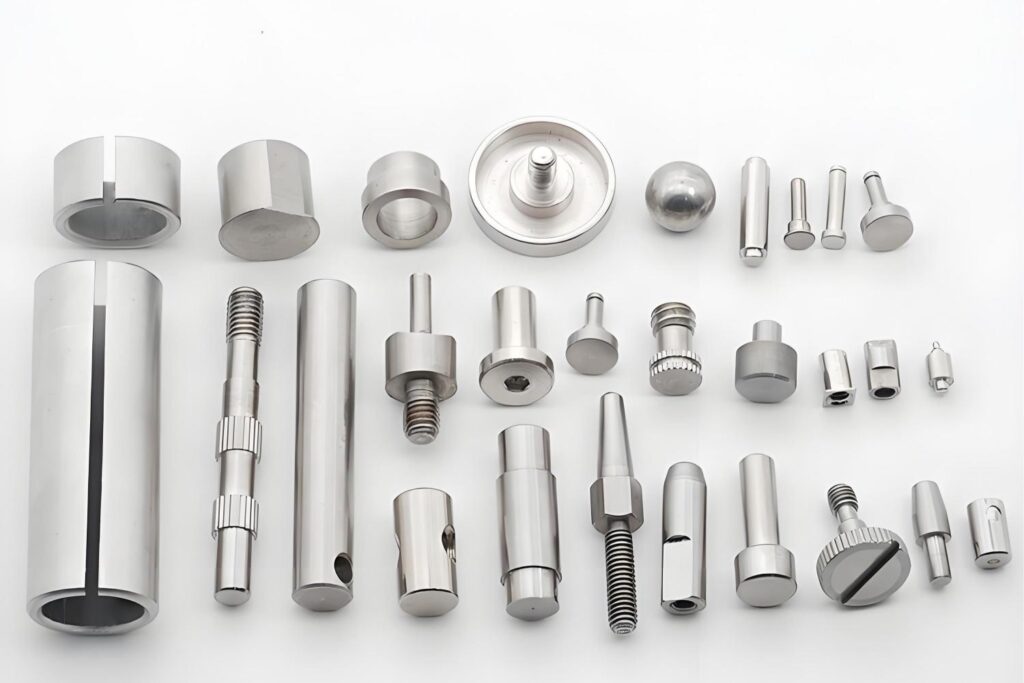
- Bushings
- Shafts
- Fittings
- Custom fasteners
Welding and Fabrication
Welding Characteristics
SS 316 offers good weldability. However, choosing the correct filler material and shielding gas is crucial.
- Preferred filler metal: 316L or 316LSi
- Welding methods: TIG, MIG, and resistance welding
Post-Weld Treatments
- Pickling: To remove oxide scales
- Passivation: To restore corrosion resistance
Sustainability and Recyclability
316 is fully recyclable. During its lifecycle, it can be melted down and reused without losing its properties, making it an environmentally friendly option.
Its long life, low maintenance, and resistance to degradation help reduce waste and the need for replacements.
Is 316 stainless steel magnetic?
No, it is generally non – magnetic. This is because it has an austenitic microstructure, which is typically non – magnetic. However, in some cases, if it undergoes cold working, it may exhibit slight magnetism, but it is usually considered non – magnetic.
Comparison with Other Grades
316 vs 304 Stainless Steel
While both 316 and 304 stainless steels are austenitic and share similar properties, the key difference lies in their corrosion resistance. 316 contains molybdenum, which gives it superior resistance to chlorides and acids compared to 304. While 304 is more cost-effective and widely used, 316 is preferred for applications requiring enhanced corrosion resistance, such as in marine or chemical environments.
316 vs 316L Stainless Steel
316L is a low-carbon variant of 316, with a carbon content below 0.03%. This lower carbon content reduces the risk of sensitization during welding, where chromium carbide precipitation can compromise corrosion resistance. As a result, 316L is often chosen for welded applications to maintain the alloy’s corrosion-resistant properties in the heat-affected zone.
Applications of 316 stainless steel material
Stainless steel 316 is valued in a wide range of industries due to its balance of strength, corrosion resistance, and formability.
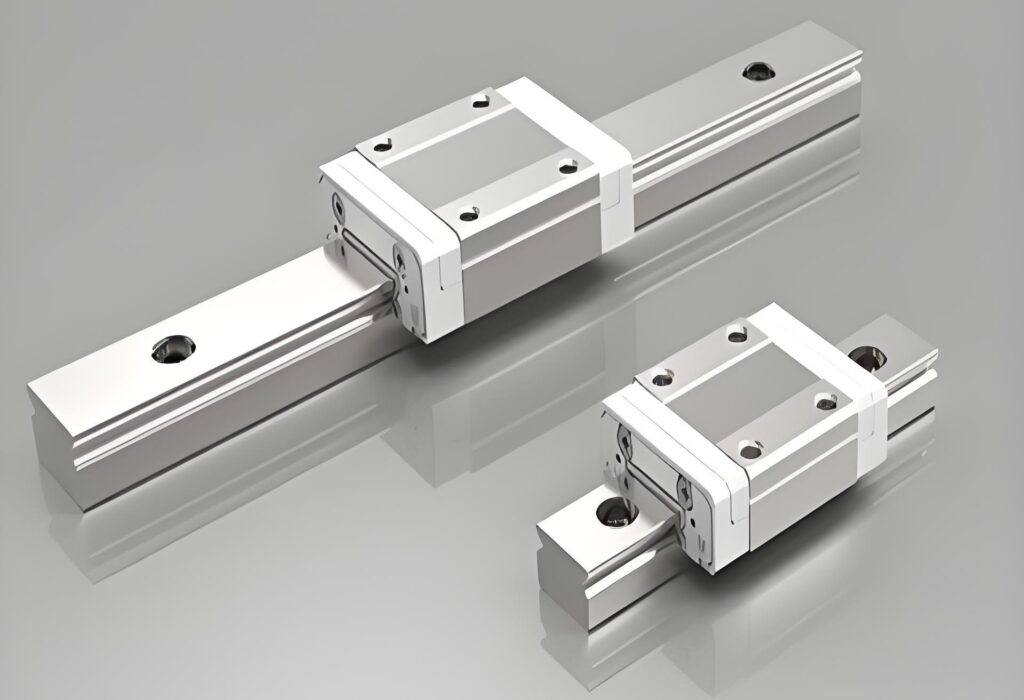
Marine Industry
In marine environments, it is commonly used for:
- Boat fittings
- Marine fasteners
- Heat exchangers
- Piping systems
Food and Beverage Processing
316 is often found in food processing equipment where cleanliness and corrosion resistance are essential. It’s used for:
- Tanks
- Valves
- Pumps
- Conveyors
Medical Devices
Due to its biocompatibility and resistance to sterilization chemicals, is used in:
- Surgical instruments
- Orthopedic implants
- Medical clamps and pins
Chemical and Petrochemical Industries
Ideal for:
- Reactors
- Heat exchangers
- Pipes
- Valves
These components must withstand harsh chemicals and high temperatures over long periods.
Architecture and Construction
Its sleek appearance and corrosion resistance make 316 suitable for:
- Handrails
- Cladding
- Window frames
- Sculptures
Automotive and Aerospace
Though less common due to weight considerations, it is still used in certain high-performance or luxury applications, such as:
- Exhaust systems
- Structural brackets
- Fasteners
Parter with Precionn
Precionn is a trusted name in precision machining, dedicated to delivering high-quality components that meet stringent industry standards. With deep experience in working with advanced materials like stainless steel 316, Precionn offers tailored solutions to meet complex engineering needs. From design consultation to final production, every project is treated with professionalism, innovation, and attention to detail. For companies seeking reliable machining services, Precionn stands ready to provide precision, performance, and partnership.

